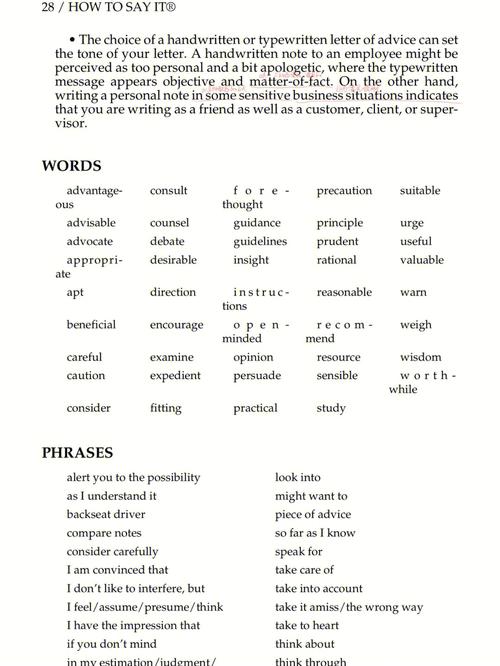
How to Bit Mine: A Comprehensive Guide
Bit mining, also known as cryptocurrency mining, has become a popular way to earn digital currencies like Bitcoin. If you’re interested in getting started with bit mining, you’ve come to the right place. This guide will walk you through the process step by step, covering everything from the basics to advanced techniques.
Understanding Bit Mining
Bit mining is the process of validating and adding new transactions to a blockchain. Miners use their computers to solve complex mathematical problems, and in return, they receive a reward in the form of cryptocurrency. This reward is a way to incentivize miners to keep the network secure and running smoothly.

Choosing the Right Hardware
The first step in bit mining is to choose the right hardware. The most important component is the mining rig, which is a computer specifically designed for mining. There are several factors to consider when choosing a mining rig:
- ASIC Miners: Application-Specific Integrated Circuits (ASICs) are designed specifically for mining and are much more efficient than general-purpose CPUs or GPUs.
- Hash Rate: The hash rate is a measure of how many hashes a miner can perform per second. A higher hash rate means a higher chance of earning rewards.
- Power Consumption: Mining rigs consume a lot of power, so it’s important to choose one that is energy-efficient.
Some popular mining rigs include the Bitmain Antminer S19 Pro and the Innosilicon A10. You can find more information and reviews online to help you make the best choice for your needs.
Setting Up Your Mining Rig
Once you’ve chosen your mining rig, the next step is to set it up. This involves the following steps:
- Assemble the Rig: Follow the instructions provided with your mining rig to assemble the components, including the motherboard, CPU, GPU, RAM, and power supply.
- Install the Operating System: Most mining rigs run on a specialized operating system like Windows 10 or Linux. You’ll need to install the operating system and any necessary drivers.
- Join a Mining Pool: Mining pools are groups of miners who work together to increase their chances of earning rewards. Choose a mining pool that suits your needs and join it.
- Configure Your Mining Software: Install and configure the mining software that comes with your rig. This software will connect your rig to the mining pool and start the mining process.
Here’s a table showing some popular mining software options:

| Software | Description |
|---|---|
| CGMiner | Open-source, multi-threaded, and multi-pool GPU, FPG, ASIC, and USB miner. |
| BFGMiner | Multi-threaded, multi-pool, and Fpga/Bram miner for Bitcoin, Litecoin, and other cryptocurrencies. |
| PolkadotMiner | Multi-threaded, multi-pool, and Fpga/Bram miner for Polkadot and other cryptocurrencies. |
Understanding Mining Pools
As mentioned earlier, mining pools are groups of miners who work together to increase their chances of earning rewards. Here are some key points to consider when choosing a mining pool:
- Fee Structure: Mining pools charge a fee for their services. Some charge a percentage of your earnings, while others charge a flat fee.
- Payment Method: Different mining pools offer different payment methods, such as Bitcoin, Litecoin, or Ethereum.
- Location: Some mining pools are located in specific countries, which can affect your mining speed and rewards.
Here’s a table showing some popular mining pools:
| Pool | Payment Method | Location |
|---|---|---|
| BitMinter |







